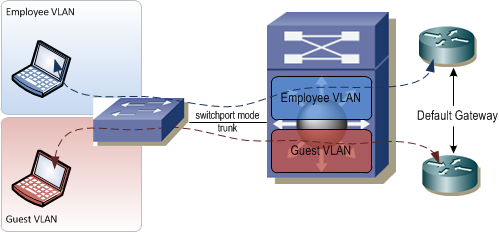Mohamed Anwar asked the following question on my post "4 Types of Port Channels and When They're Used".
"I need a clarification, where if a member link fails, what will happen to the traffic already sent over that link ? Is there any mechanism to notify the upper layer about the loss and ask it to resend ? How this link failure will be handled for data traffic and control traffic ?"
— Mohamed Anwar
I think his questions are really important because he hits on two really key aspects of a failure event: what happens in the data plane and what happens in the control plane.
A network designer needs to bear both of these aspects in mind as part of their design. Overlooking either aspect will almost always open the network up to additional risk.
I think it's well understood that port channels add resiliency in the data plane (I cover some of that in the previous article). What may not be well understood is that port channels also contribute to a stable control plane! I'll talk about that below. I'll also address Mohamed's question about what happens to traffic on the failed link.
